Difference Between Underground Cable and overhead cable:
Cables are used for transmitting electricity from generating station to consumer. They can be laid through underground or overhead. Underground cables are consisting of one or more conductors are laid with an insulation to isolate the conductor. They are well surrounded by a metallic strip to protect the cable from the physical aspects. The metallic strip is called armored.
Overhead lines are nothing but a conductor laid on the top of earth by installing transmission tower. In overhead line inductor plays major roles and in underground cable the capacitor plays major role. To minimize a large charging current produced in high voltage cables, the length of the cable should be minimized. That’s why underground cables are preferred for low and medium voltage and the overhead transmission is preferred for high voltages.
| Over Head Cable | Under Ground cable |
| The bare conductors are used in open space. The conductor are laid with the help of transmission towers | Conductors are insulated and placed inside of under ground |
| They are not safe. The environmental affect these conductors frequently. | They are very safe. |
| The fault occurs due to the environmental factor such as raining, lightning, snow etc. | The environmental factor does not cause the fault. But some other manual earth evacuation may cause the fault. |
| Conductor size is very less | Size of the conductor to be high |
| Over Head Cable insulation cost is very less and it does not require any insulation as the advantage of overhead. But the conductor should be laid above the safety height. i.e. a 110 kV over head conductor should be laid above 4 meter from the ground | It needs high insulation. The cost of insulation is high. i.e. cost for an 11kV 3 core cable comes around $ 30 per meter. The high cost is only for the insulation. |
| The cost of the conductor is less. i.e. one meter of ACSR conductor cost around $ 1. This is very cheap as compared with the underground cable. We increase the voltage to reduce the loss. So ultimately the size of the conductor gets down. | But here we should install high expensive conductor which means to transformer power we cannot increase the voltage, therefore we should increase the current. The flow of current is directly proportional to the size of the conductor. |
| Very easy expansion | Very difficult to expand. |
| Fault can be detected very easily. The fault in the overhead lines are visual such as flash over, conductor open circuit, conductor short circuit etc. This is the advantage of overhead lines | In this, we cannot detect the fault location. Since the fault will be hidden inside of the underground. |
| Repair is possible | Very difficult to repair. We should go for replacement. This leads to high expensive |
| It causes radio interference due to high voltage, due to corona discharge. | NO radio interference |
| Cost of Installation / MW is very less | Cost of installation / MW is very expansive |
| Long distance bulk power can be transmitted | It cannot be used to long distance. It is suitable of short distance with low power transmission |
| Compulsory transmitting tower is required. | It does not require any transmitting towers |
| Inductor is predominate | Capacitor is predominant |
| Proximity effect does not affect since the distance between the conductor are very high | Proximity effect is high |


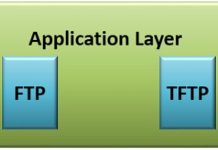

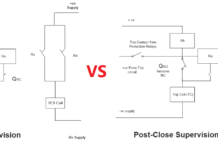
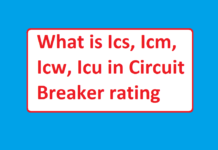
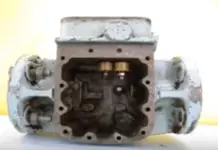
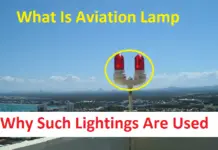
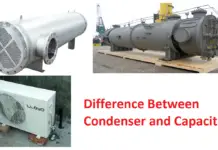
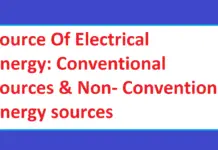
A few comments
1. Environmental- the UG cable is attacked by water if there is damage to the outer jacket and has difficulty shedding heat if buried in thermally insulating soil, leading to failure.
2. Fault detection- more time consuming, but we do it all of the time. We use “thumpers” and time domain reflectometers. If the protective relaying is modern and well programmed it will give an approximate location as well.
3. UG repair- again, we do it all the time. Just dig up the faulted spot (which will almost always be a splice unless it was physically damaged) and splice in a new section of cable.